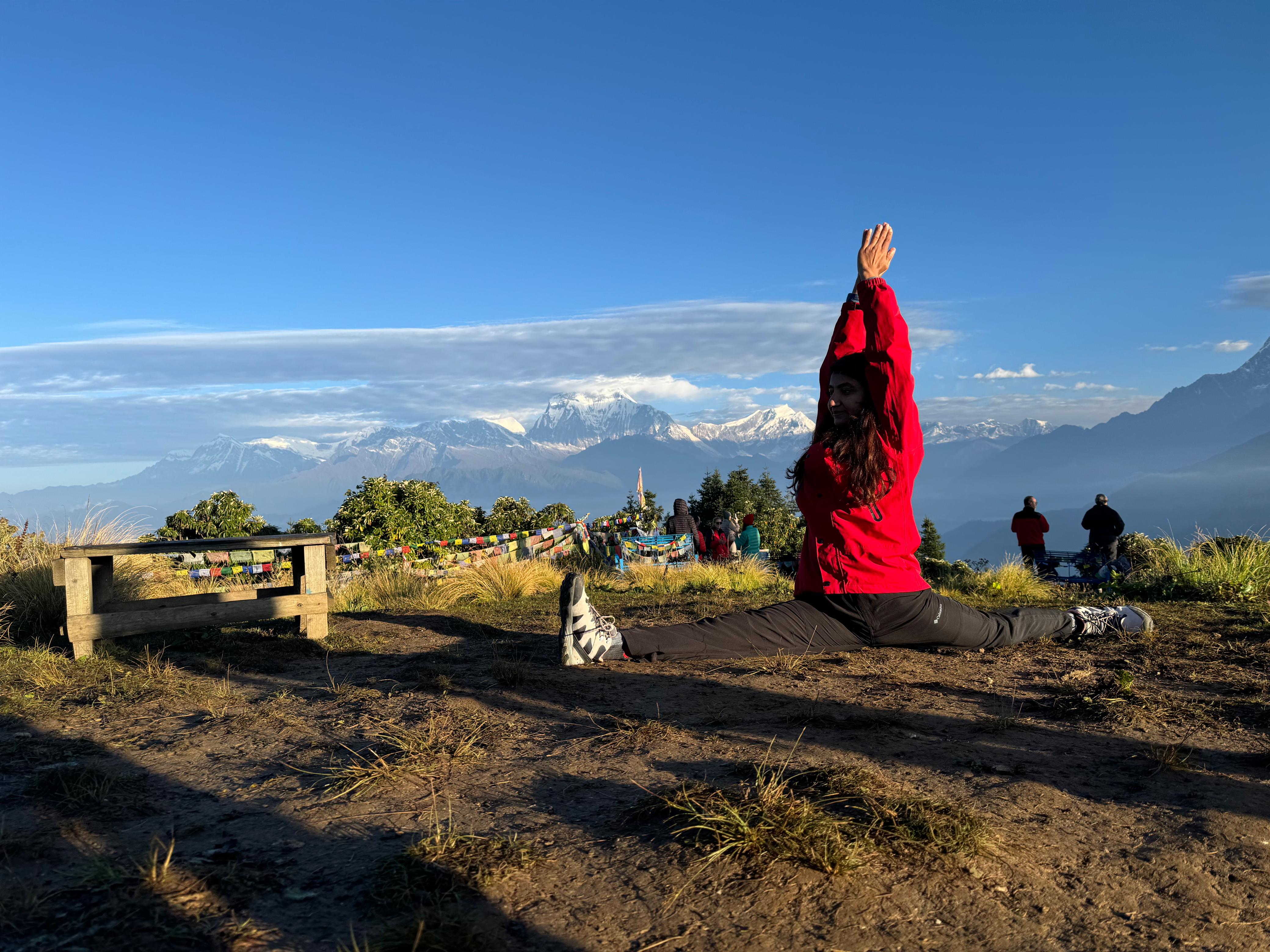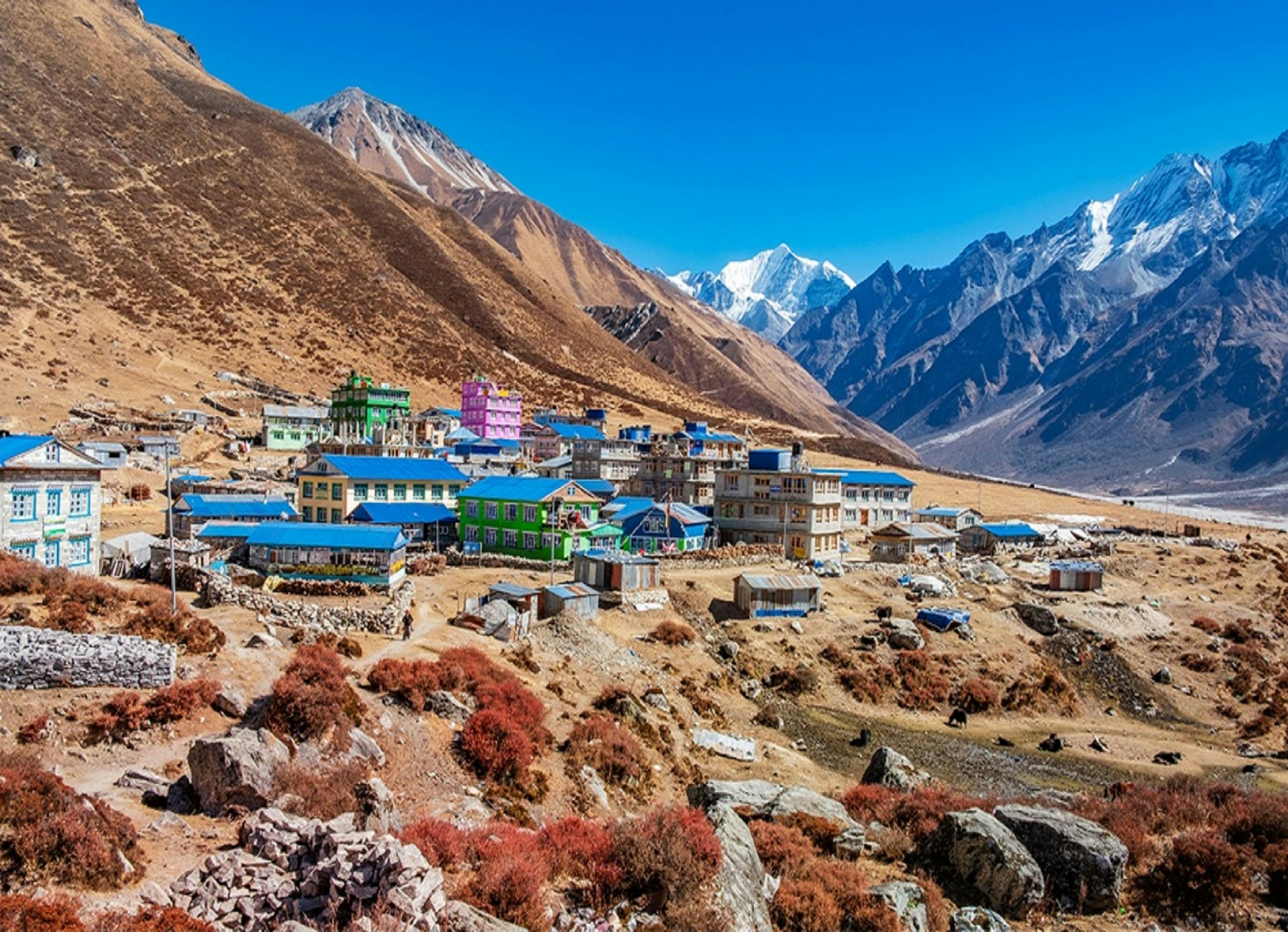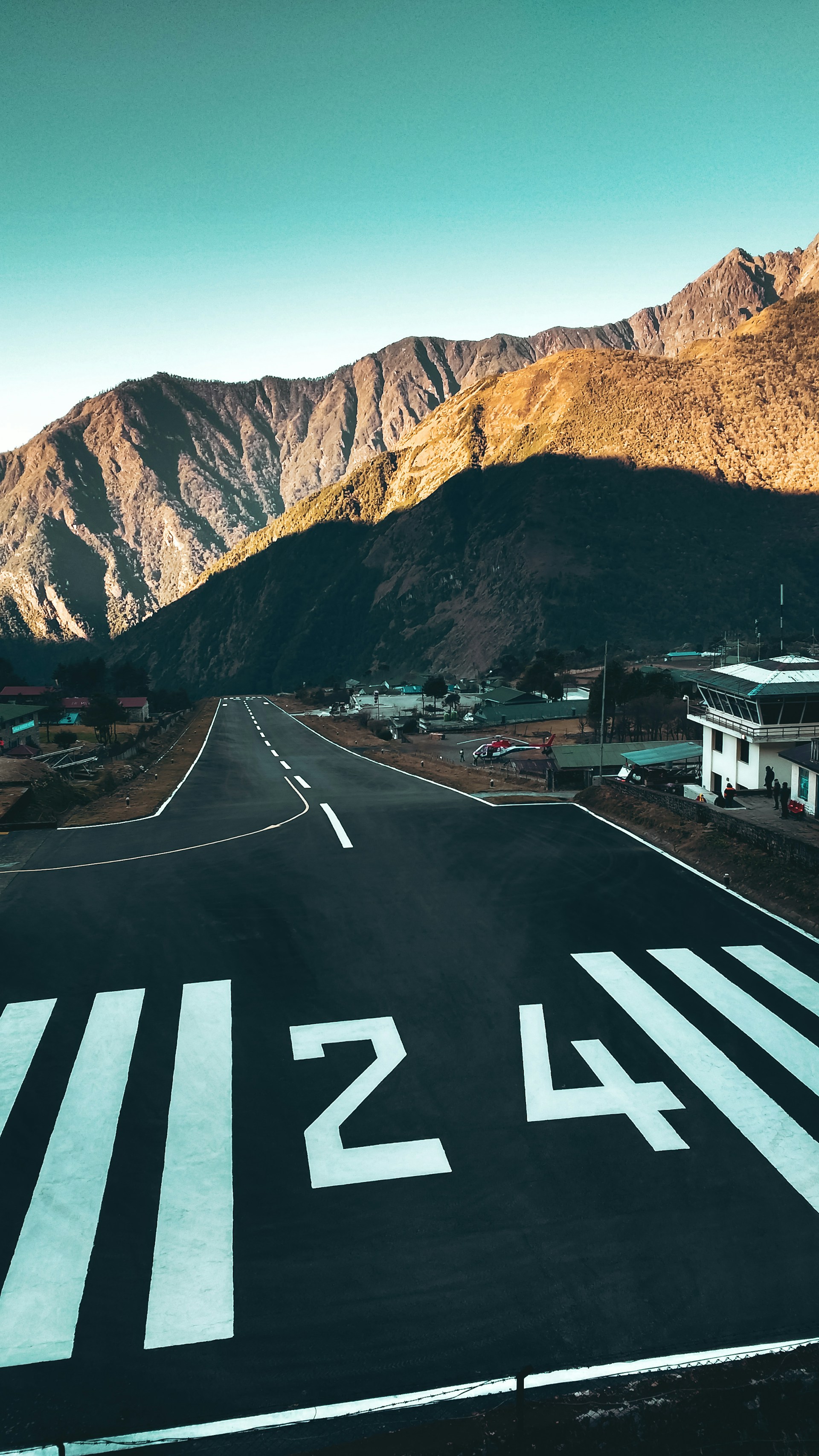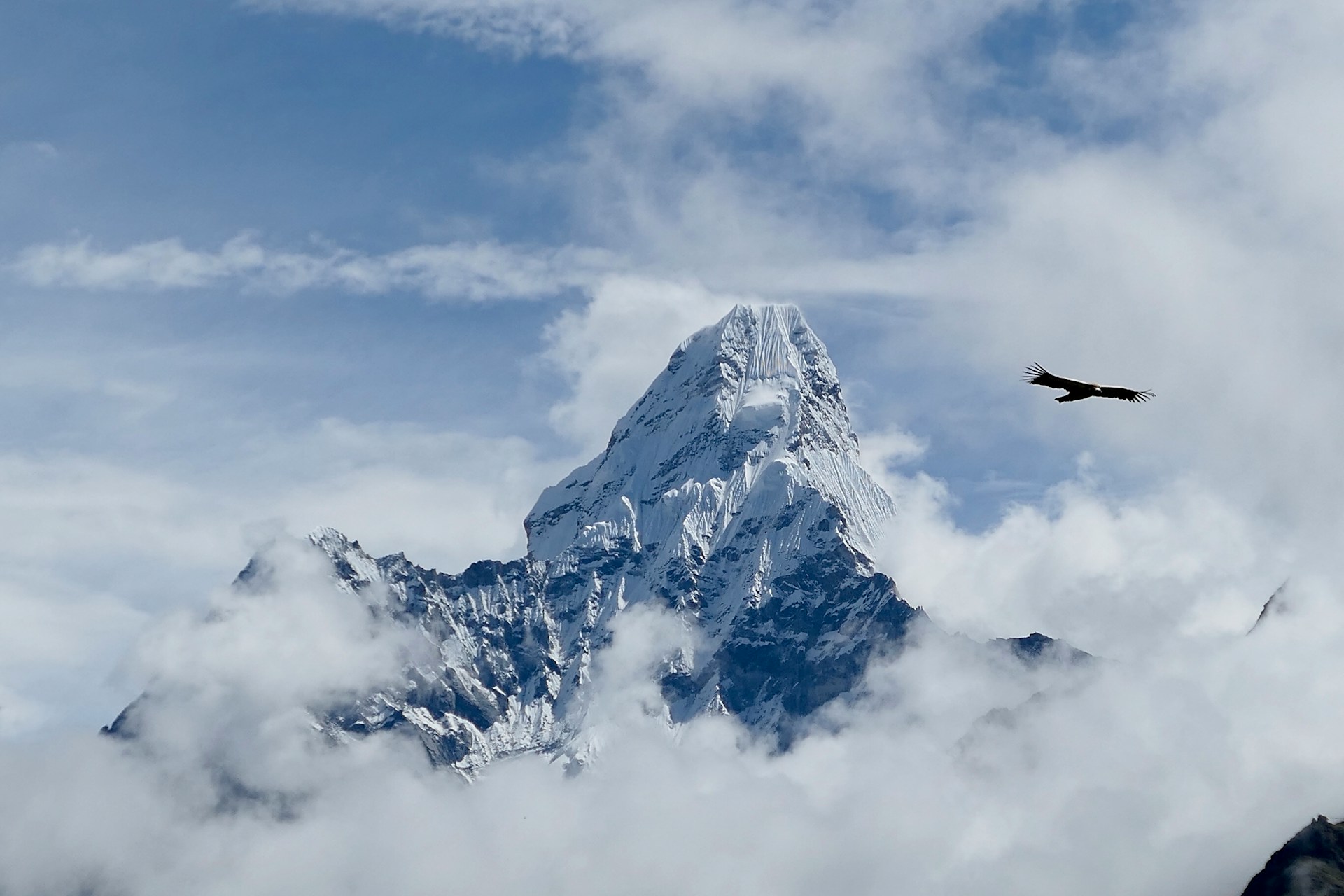The Annapurna Base Camp (ABC) Trek
The Annapurna Base Camp (ABC) Trek is a highlight of trekking in Nepal, drawing many trekkers, nature lovers, and adventurers to the beautiful Annapurna region every year. This trek offers a wonderful mix of natural beauty, cultural experiences, and the thrill of standing at the base of the world's tenth-highest mountain. Whether you are an experienced trekker or a beginner looking for an amazing adventure, the ABC trek has something special for everyone.
Here are 17 things you should know before starting the Annapurna Base Camp (ABC) Trek.
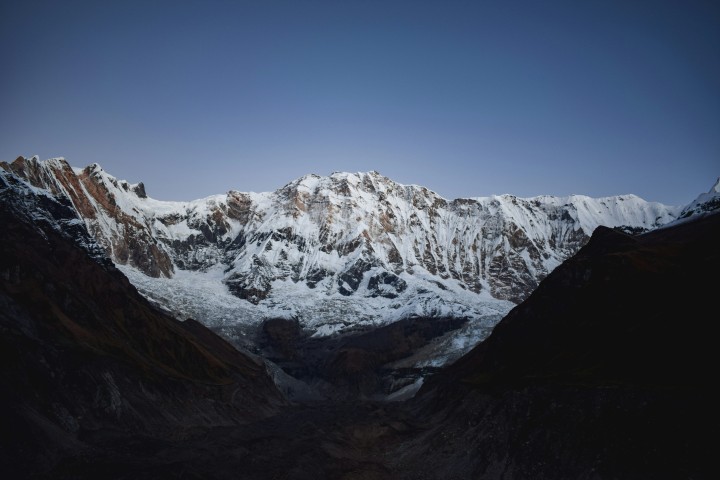
Marvel at Stunning Mountain Views, where majestic peaks meet serene landscapes, offering a breathtaking experience of nature's grandeur.
1. Permit Requirements
To trek to Annapurna Base Camp, you will need two important permits: the Annapurna Conservation Area Permit (ACAP) and the Trekkers’ Information Management System (TIMS) card. You can get these permits from the Tourist Information Center in Kathmandu or Pokhara. The ACAP helps to fund conservation projects in the area, while the TIMS card ensures your safety and keeps track of trekkers in the region.
2. Best Time to Trek
The best times to do the ABC trek are during the spring months of March to May and the autumn months of September to November. In spring, the weather is warm, and you can see beautiful rhododendron flowers in bloom. In autumn, the skies are clear, providing the best views of the mountains. These times of the year have the most stable weather, making the trek more enjoyable and safer.
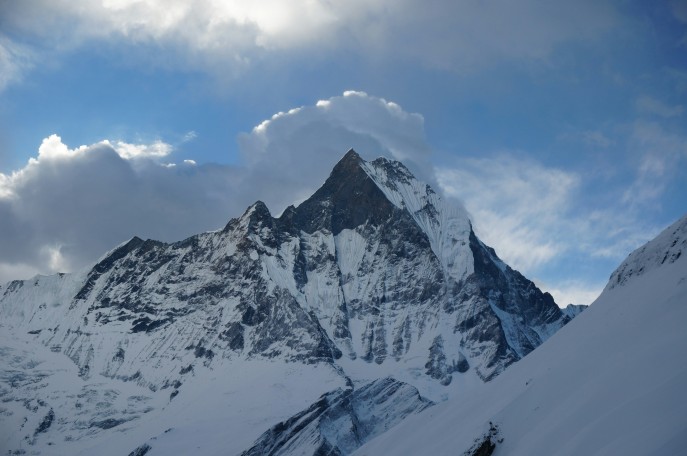
Follow the Scenic Path Leading to Annapurna Base Camp, surrounded by towering peaks and lush landscapes, a trekker's paradise in the Himalayas.
3. Physical Fitness
While the ABC trek is considered moderately difficult, it is important to be in good physical shape. Regular exercise, especially walking, running, and stair climbing, can help prepare your body for the trek. If you have some previous hiking experience, it will be beneficial. You should be ready to walk for 4-7 hours a day on varied terrain.
4. Altitude Sickness
Altitude sickness can affect anyone trekking at high altitudes. Symptoms include headaches, nausea, dizziness, and shortness of breath. It is important to ascend slowly, allowing your body to acclimatize. Stay hydrated, eat well, and take rest days if necessary. If symptoms worsen, it is crucial to descend to a lower altitude immediately.
5. Trek Duration
The ABC trek usually takes 7 to 12 days, depending on your pace and the route you choose. Some trekkers like to take it slow to enjoy the scenery and acclimatize properly. Planning your itinerary in advance helps ensure you have enough time for rest and exploration without feeling rushed.
6. Weather Conditions
Weather in the mountains can be unpredictable. You might experience sunny days, rain, and even snow at higher altitudes. Be prepared for all types of weather by packing layers of clothing. This way, you can adjust your attire according to the changing temperatures throughout the day.
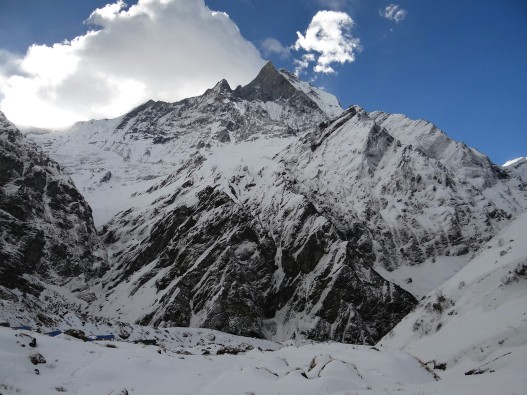
Explore the Annapurna Base Camp Trail, a captivating route through diverse landscapes, lush forests, and breathtaking Himalayan peaks.
7. Packing Essentials
Packing the right gear is essential for a successful trek. Key items include warm clothing, a good-quality sleeping bag rated for cold temperatures, a reliable pair of trekking boots, and a first aid kit. Additionally, bring a rain jacket, trekking poles, a headlamp, and a sturdy backpack. It’s important to pack light, but ensure you have all the necessary equipment.
8. Accommodation
You will stay in tea houses and lodges along the trek. These accommodations offer basic amenities such as meals, beds, and sometimes hot showers. While the facilities are simple, they are comfortable enough for resting after a day of trekking. Bringing your own sleeping bag is advisable, as the provided bedding might not always be warm enough.
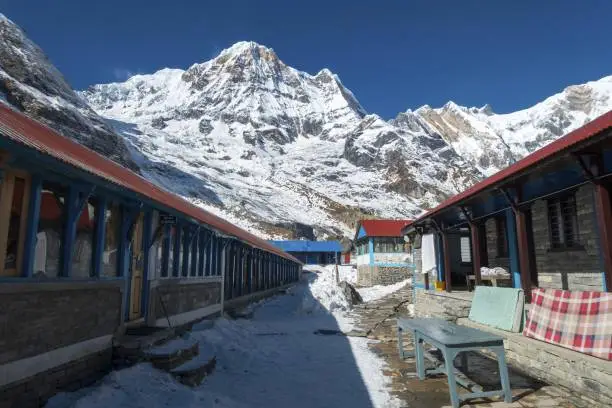
The Annapurna Base Camp Trek offers a breathtaking journey through diverse terrain, lush forests, and panoramic views of towering Himalayan peaks.
9. Food and Water
Meals are available at tea houses along the trek. They offer a variety of foods, including local Nepali dishes like dal bhat (lentil soup with rice) and some international cuisine. To avoid getting sick, it is best to stick to cooked foods and avoid raw vegetables. Carry water purification tablets or a filter to ensure your drinking water is safe, as bottled water can be expensive and generates plastic waste.
10. Guides and Porters
Hiring a guide and/or porter can significantly enhance your trekking experience. A guide can help you navigate the trails, provide insights into the local culture and environment, and ensure your safety. A porter can carry your heavy gear, allowing you to trek with just a day pack. This support can make the trek more enjoyable and less physically demanding.
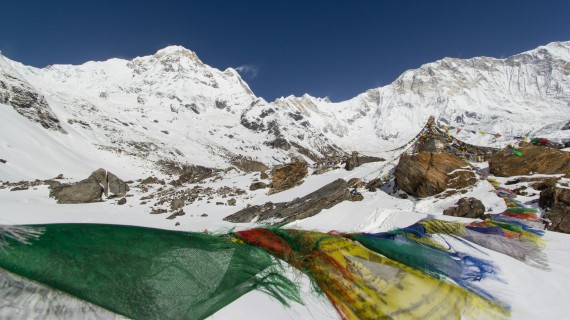
Majestic Annapurna showcases nature's brilliance with its towering snow-capped peaks, vibrant landscapes, and breathtaking vistas, offering an unforgettable Himalayan experience.
11. Trek Route
It’s important to familiarize yourself with the trek route and daily stages before you start. Common starting points for the ABC trek include Nayapul, Ghandruk, and Dhampus. Each starting point offers a unique experience and varying levels of difficulty. Knowing the route helps you prepare mentally and physically for each day’s trek.
12. Cultural Experience
As you trek through villages like Ghandruk and Chomrong, you will experience the rich culture of the Gurung and Magar communities. Their warm hospitality and traditional lifestyle add a unique cultural dimension to your trek.
13. Hot Springs
At Jhinu Danda, you can unwind in natural hot springs, which are a soothing relief for tired muscles after a day of trekking. The hot springs are located near the banks of the Modi Khola River, offering a serene and picturesque setting to unwind and rejuvenate. The warm, therapeutic waters combined with the serene surroundings offer a perfect escape, letting trekkers ease their fatigue and enjoy a tranquil moment amid the beautiful landscape of the Annapurna region.
14. Poon Hill
Poon Hill (3,210m) is a famous viewpoint in the Annapurna region and possibly in all of Nepal. It offers incredible panoramic views of the Himalayan peaks, including Annapurna and Dhaulagiri. Trekkers flock here to see the spectacular sunrise over the mountains, and photographers come to capture the stunning scenery. The trek to Poon Hill is a memorable experience filled with natural beauty.
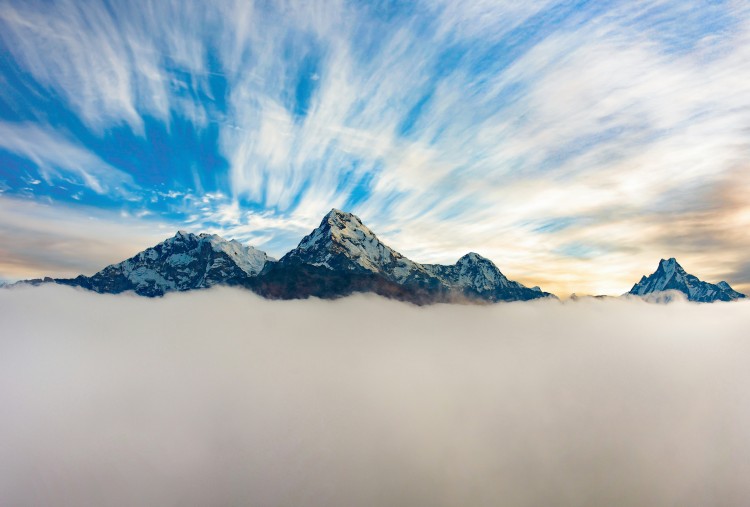
Stunning Poon Hill offers breathtaking sunrise views over the majestic Himalayas, making it a must-visit destination for trekkers in the Annapurna region.
15. Connectivity
Internet and phone connectivity are limited along the ABC trek. Some tea houses offer Wi-Fi for a fee, but the connection may be slow and unreliable. It’s best to inform family and friends about limited communication in advance. Use the trek as an opportunity to disconnect from digital devices and immerse yourself in the natural surroundings.
16. Cash
ATMs are scarce along the trek route, so it’s important to carry enough cash to cover your expenses. Tea houses and lodges typically accept only cash for payments. Calculate your budget in advance, considering costs for accommodation, meals, permits, and any additional expenses.
17. Environmental Responsibility
The Annapurna region is a protected area, so we advise you to leave no trace behind. This will allow you to protect the ecology and environment. Carry out all your trash, respect local wildlife, and stay on designated trails to minimize your impact on the local environment.
The Annapurna Base Camp trek is an unforgettable adventure. By keeping these tips in mind, you’ll be ready to fully appreciate the breathtaking scenery, vibrant culture, and exciting experiences that the Himalayas offer. For a smooth and enjoyable journey to Annapurna Base Camp, feel free to get in touch with us.
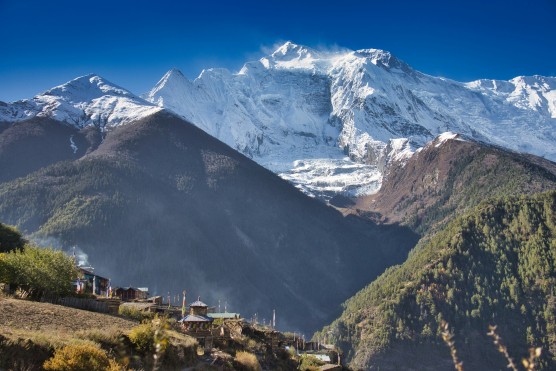
Experience the tranquility of Annapurna's serenity, where snow-capped peaks, lush valleys, and pristine trails create a haven for nature lovers and trekkers alike.
Popular Packages of Annapurna Region
Recent Blog Posts
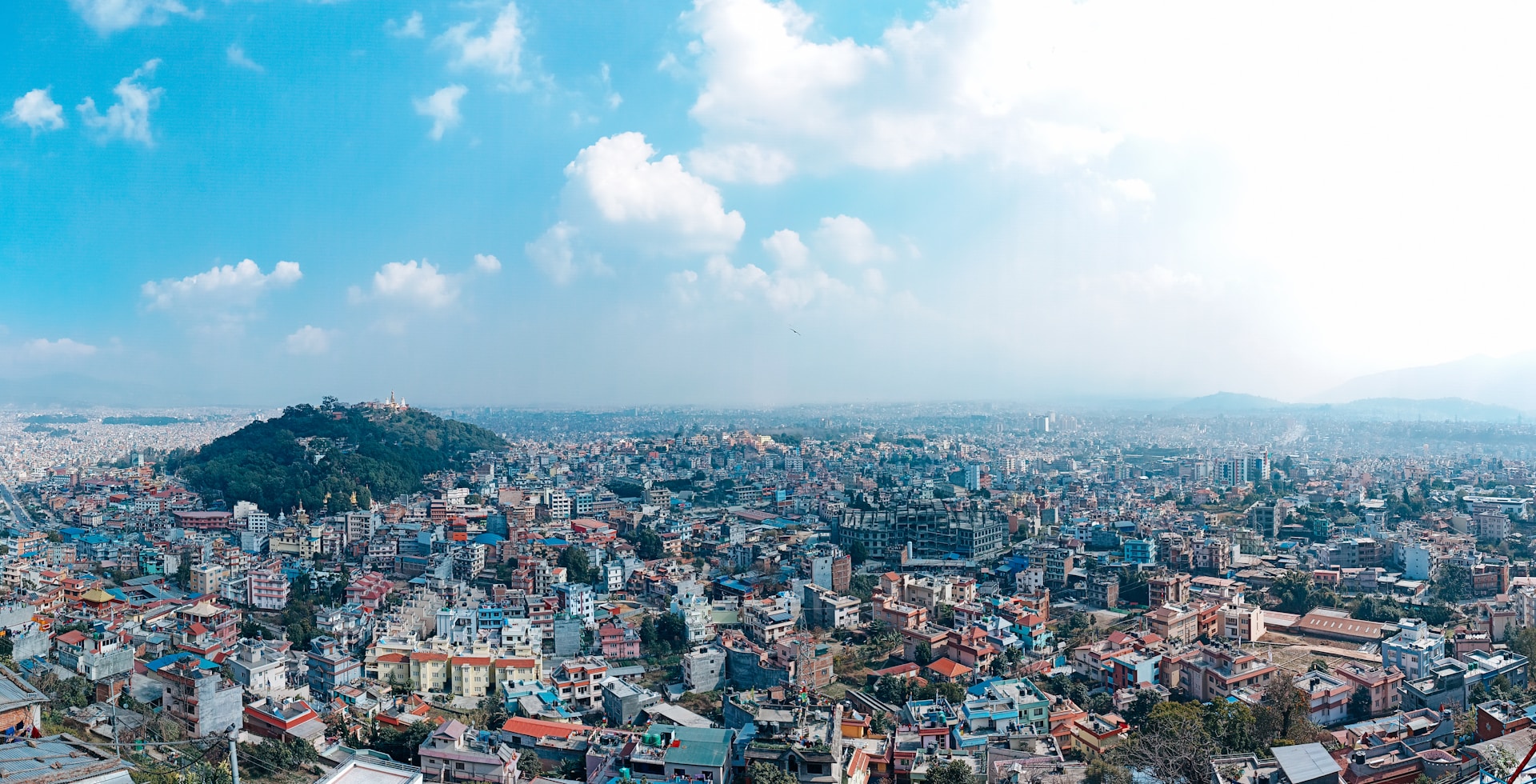
Kathmandu Valley: Exploring the Capital of Nepal
Jun 15, 2025
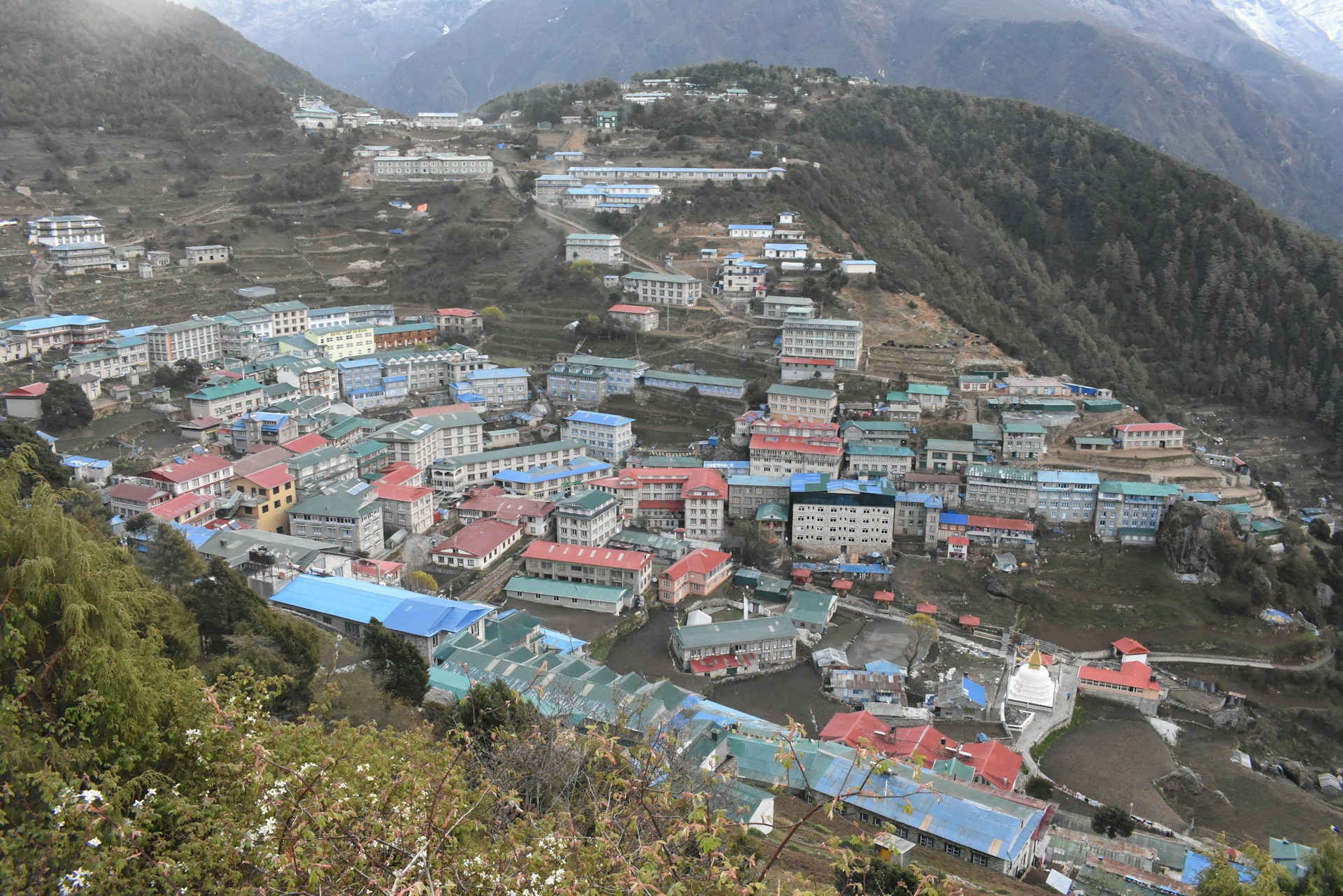
Namche Bazaar: What to Expect in the Sherpa Capital
May 20, 2025
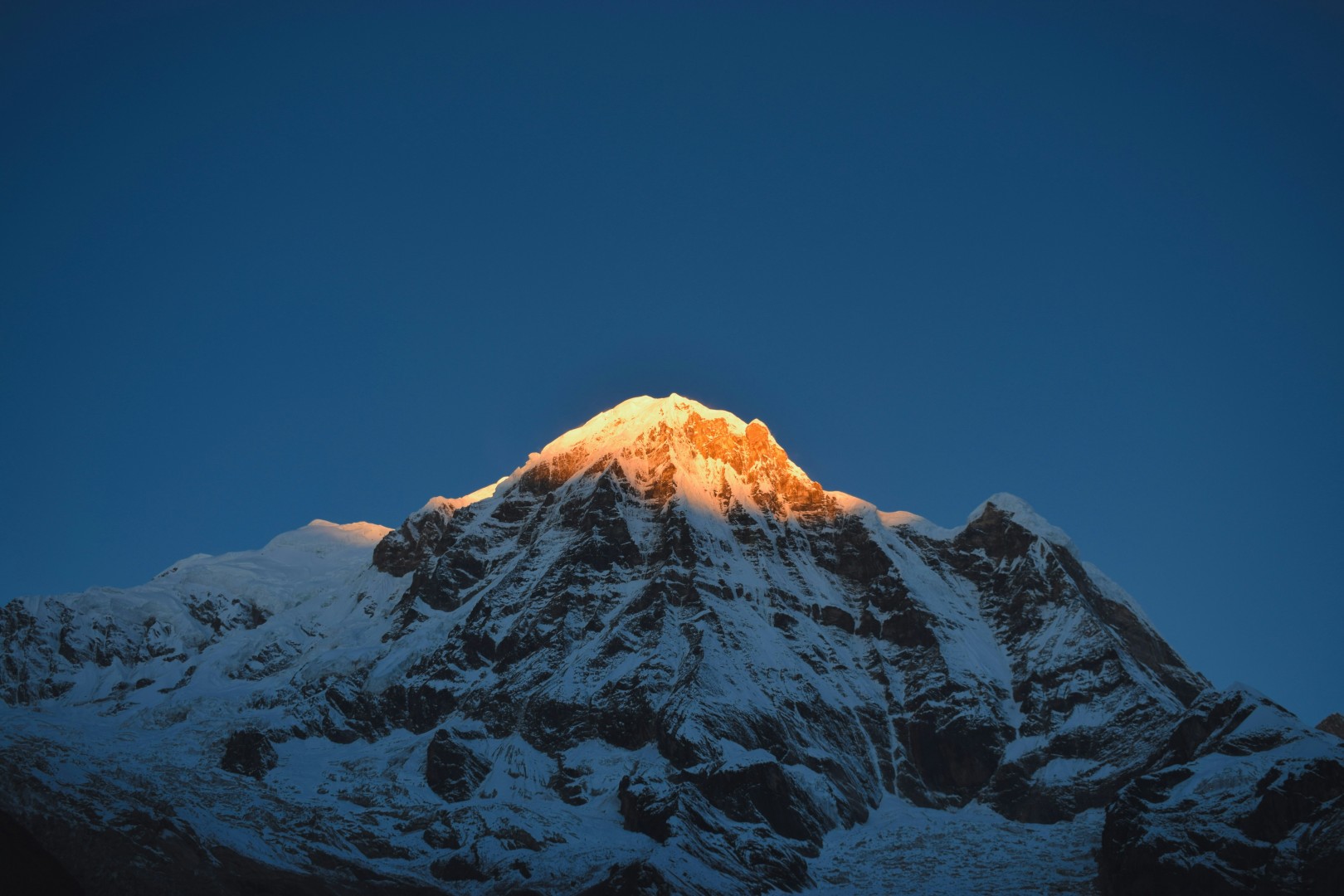
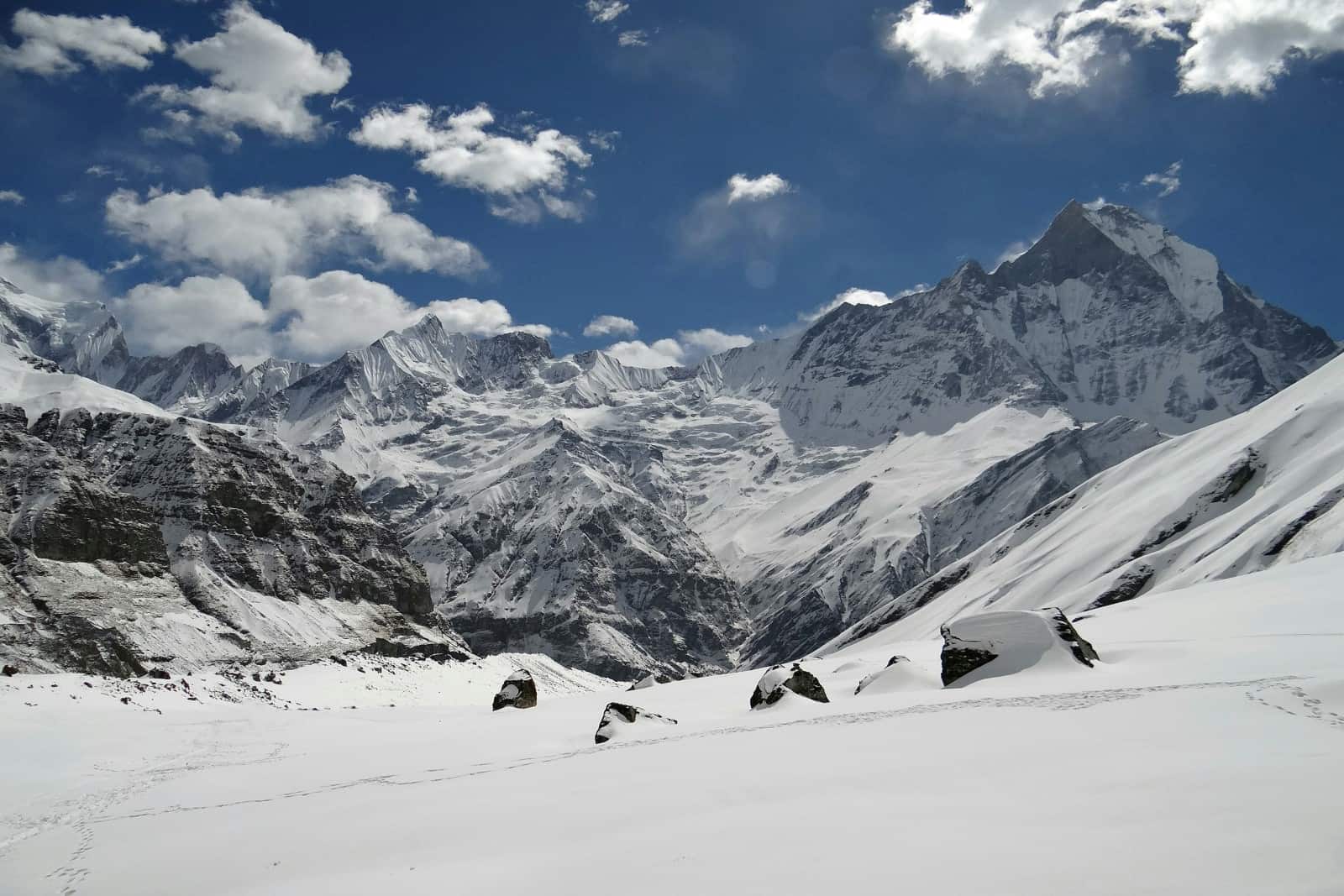

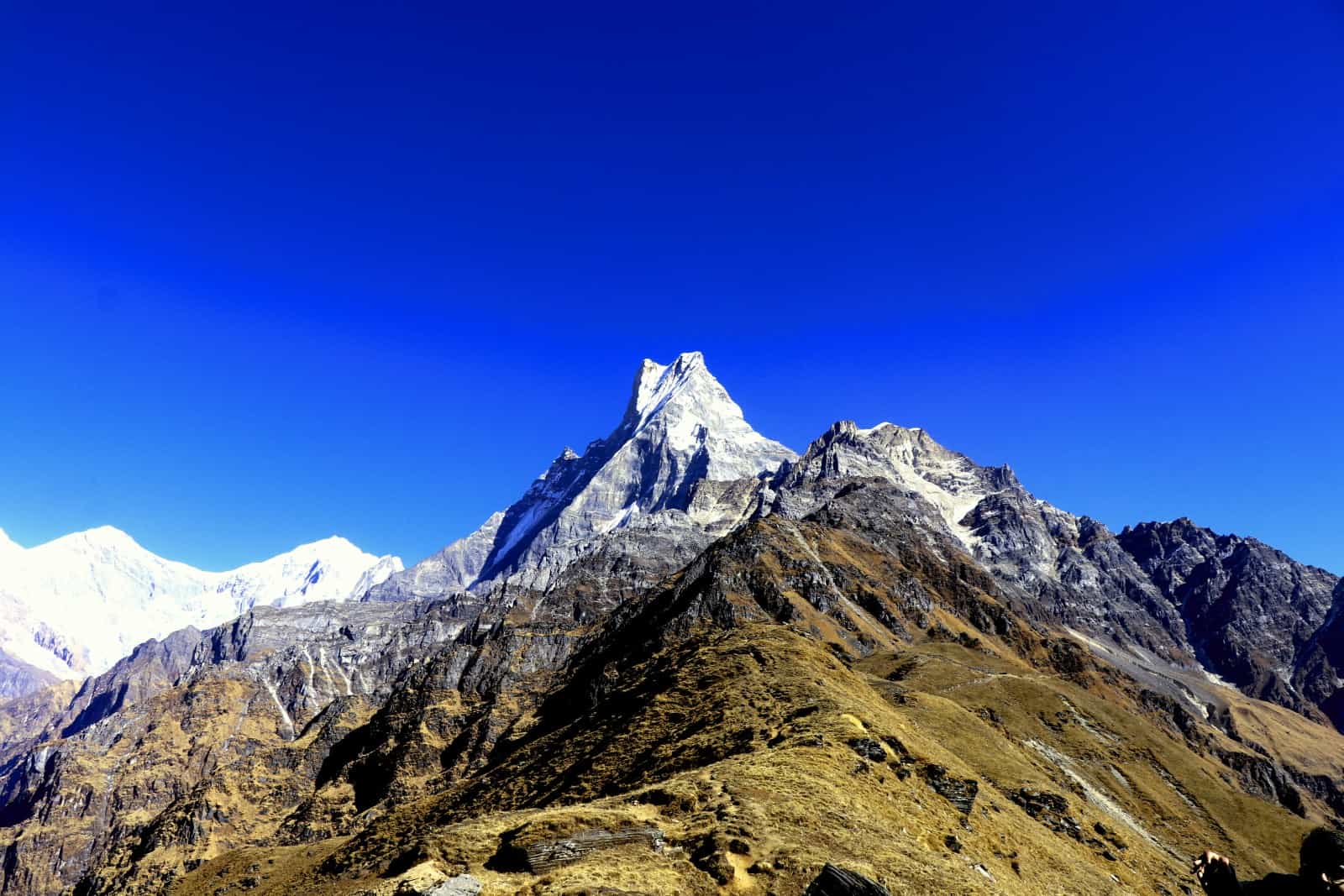
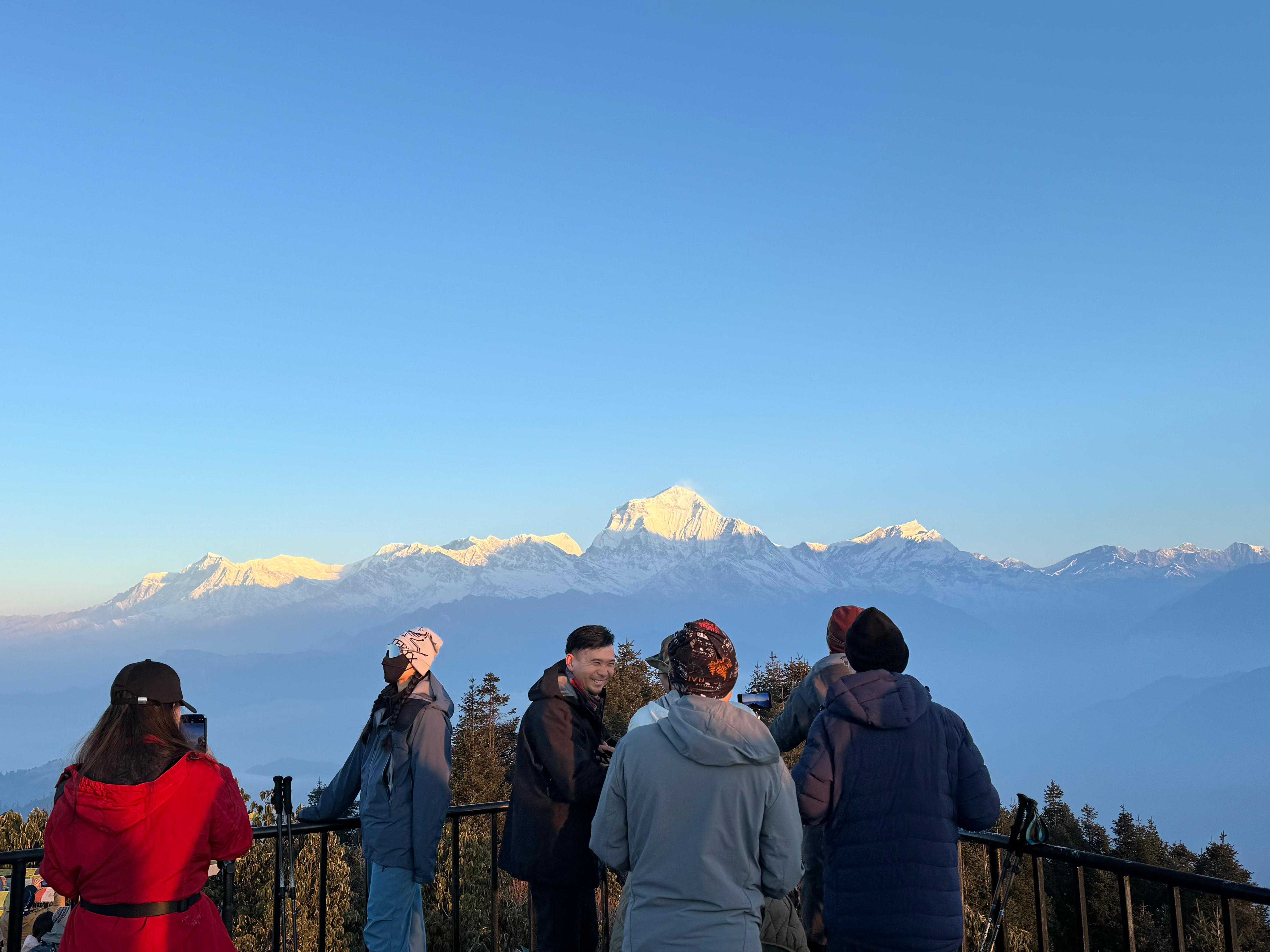
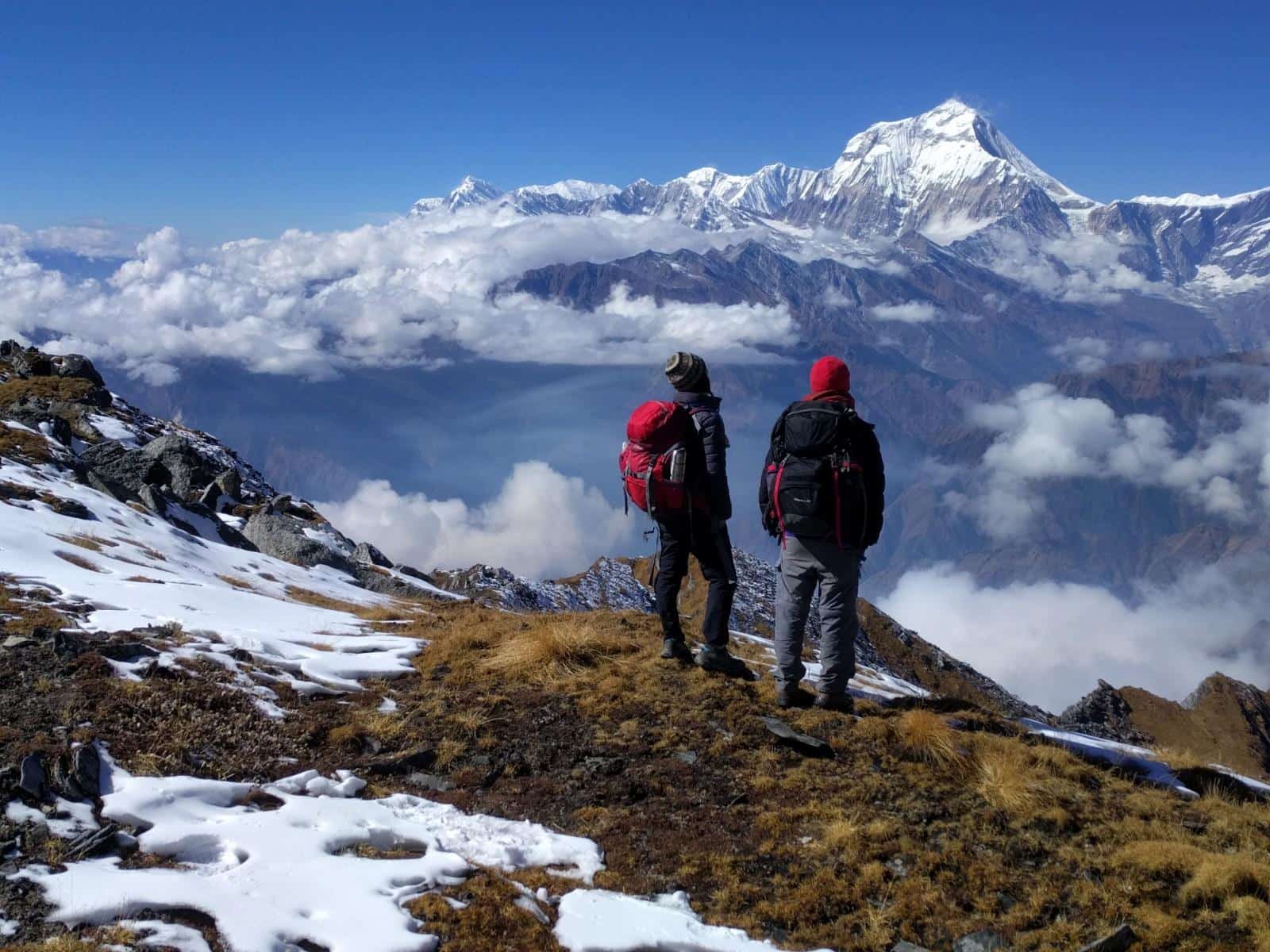
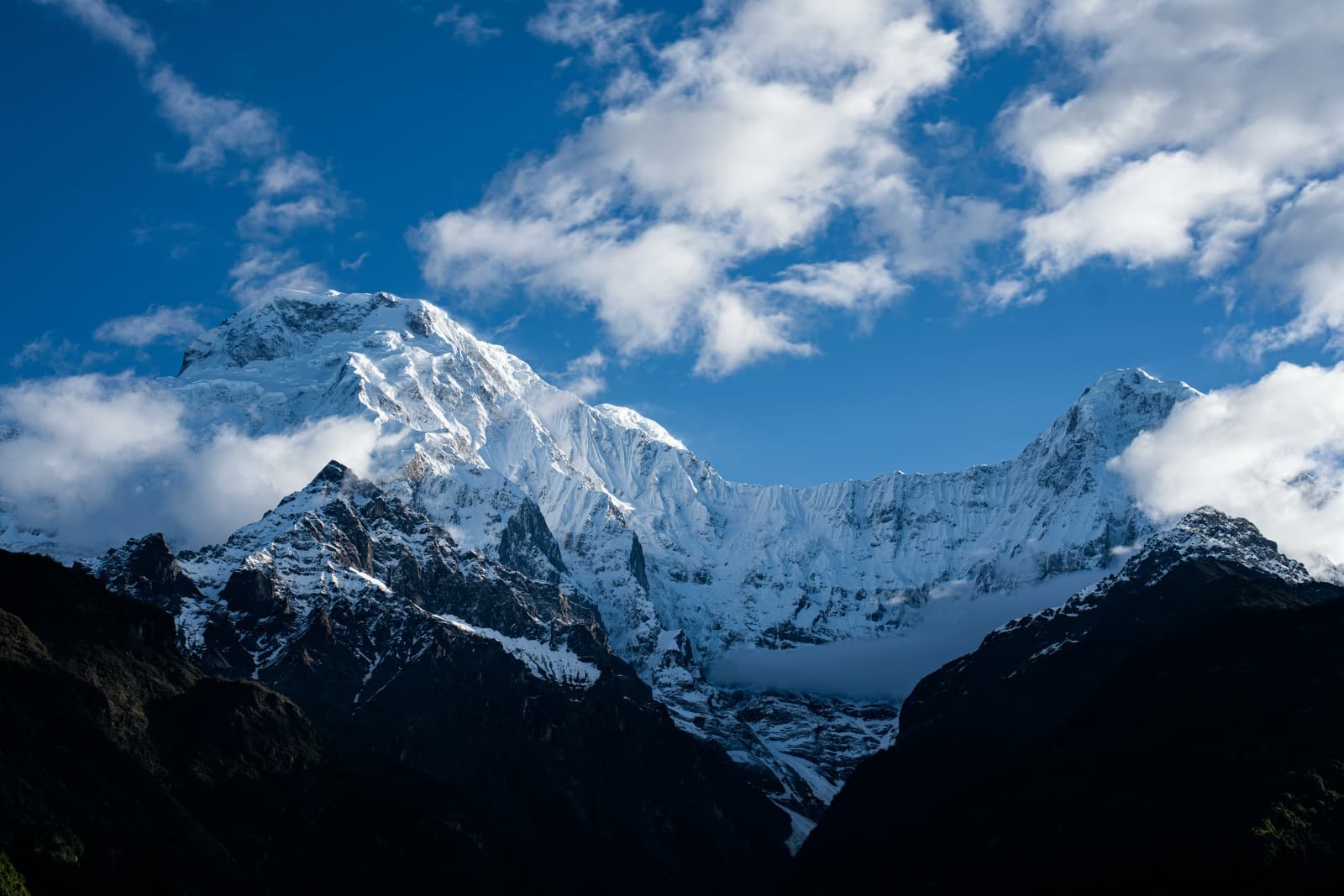
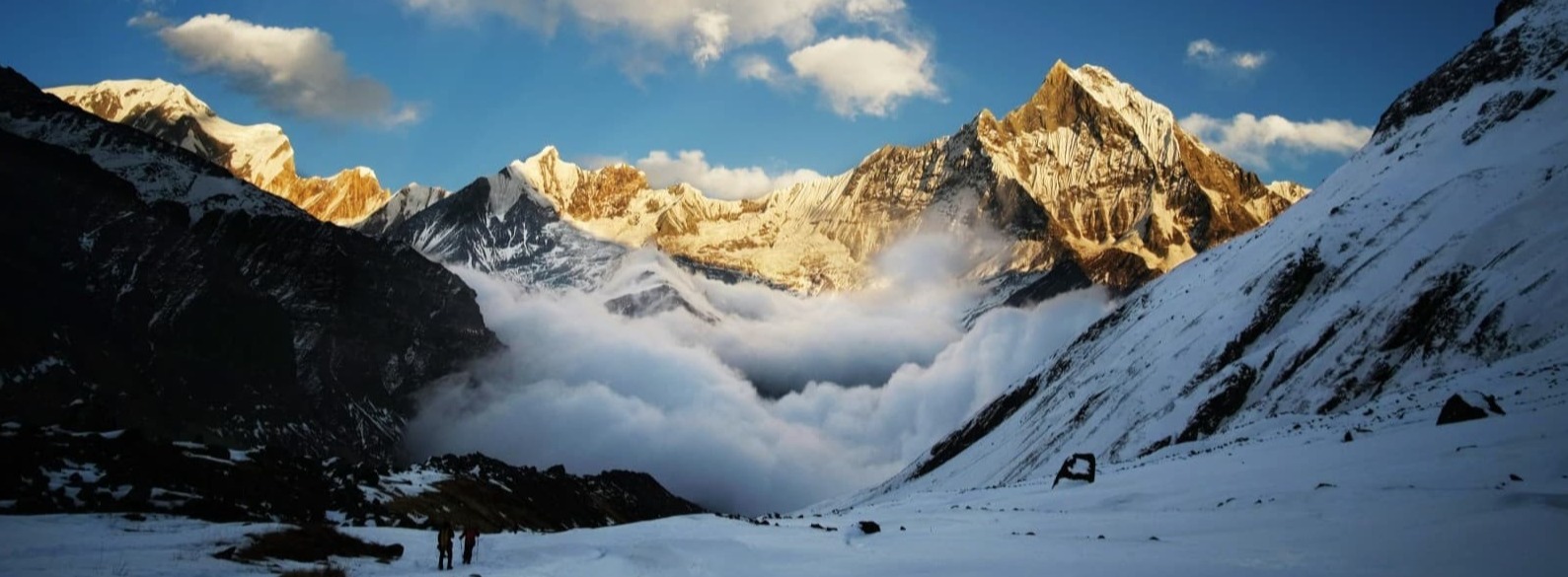
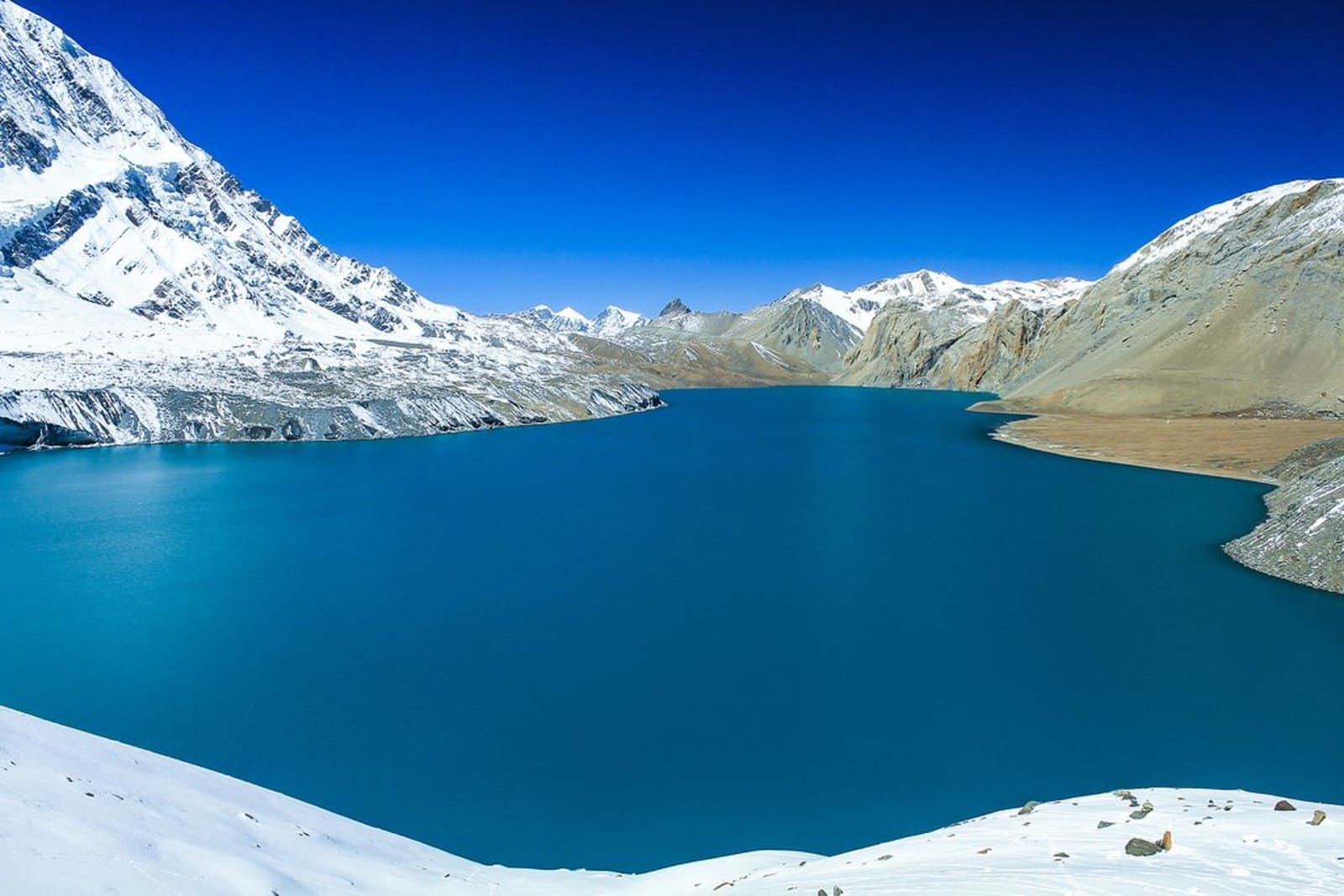
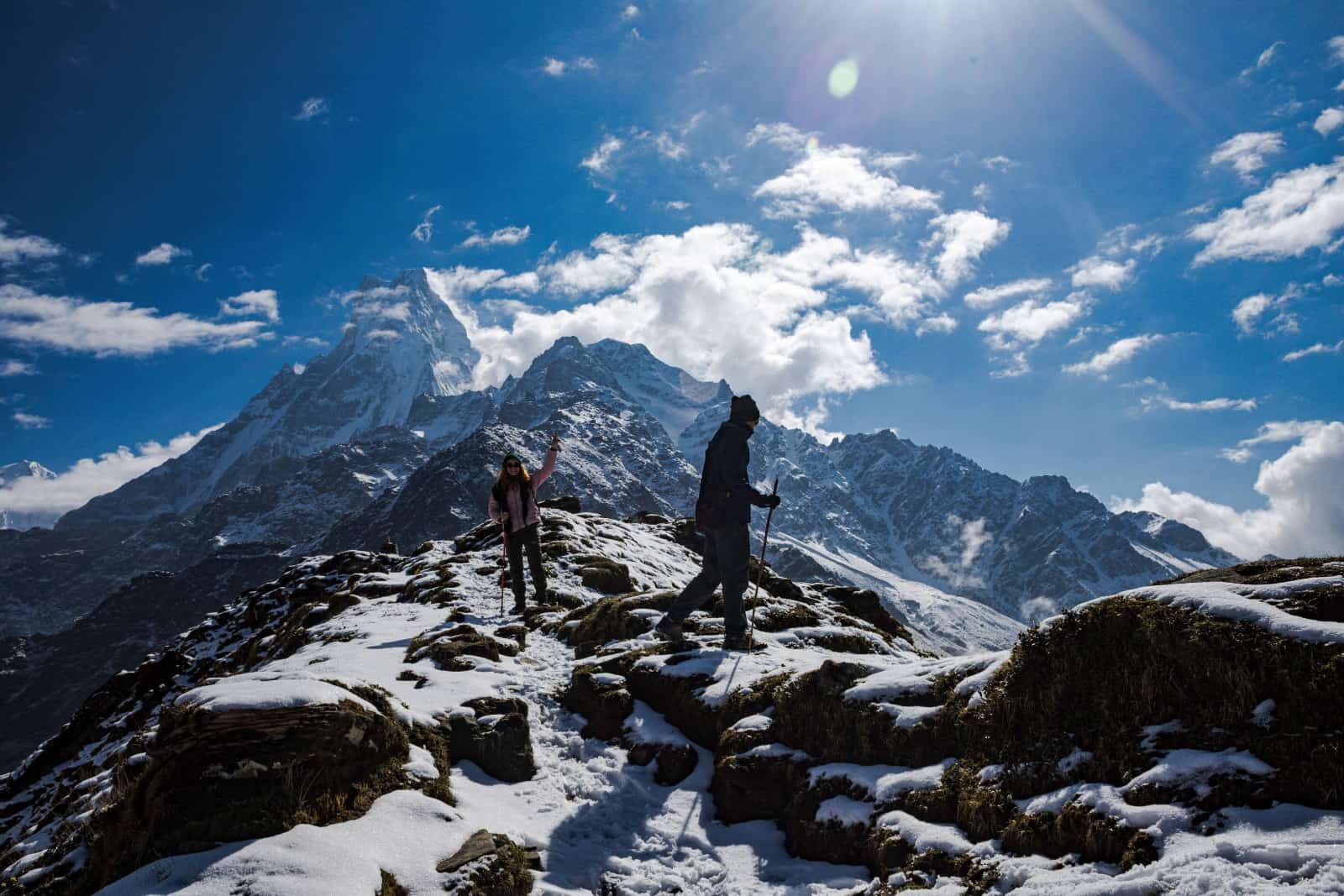
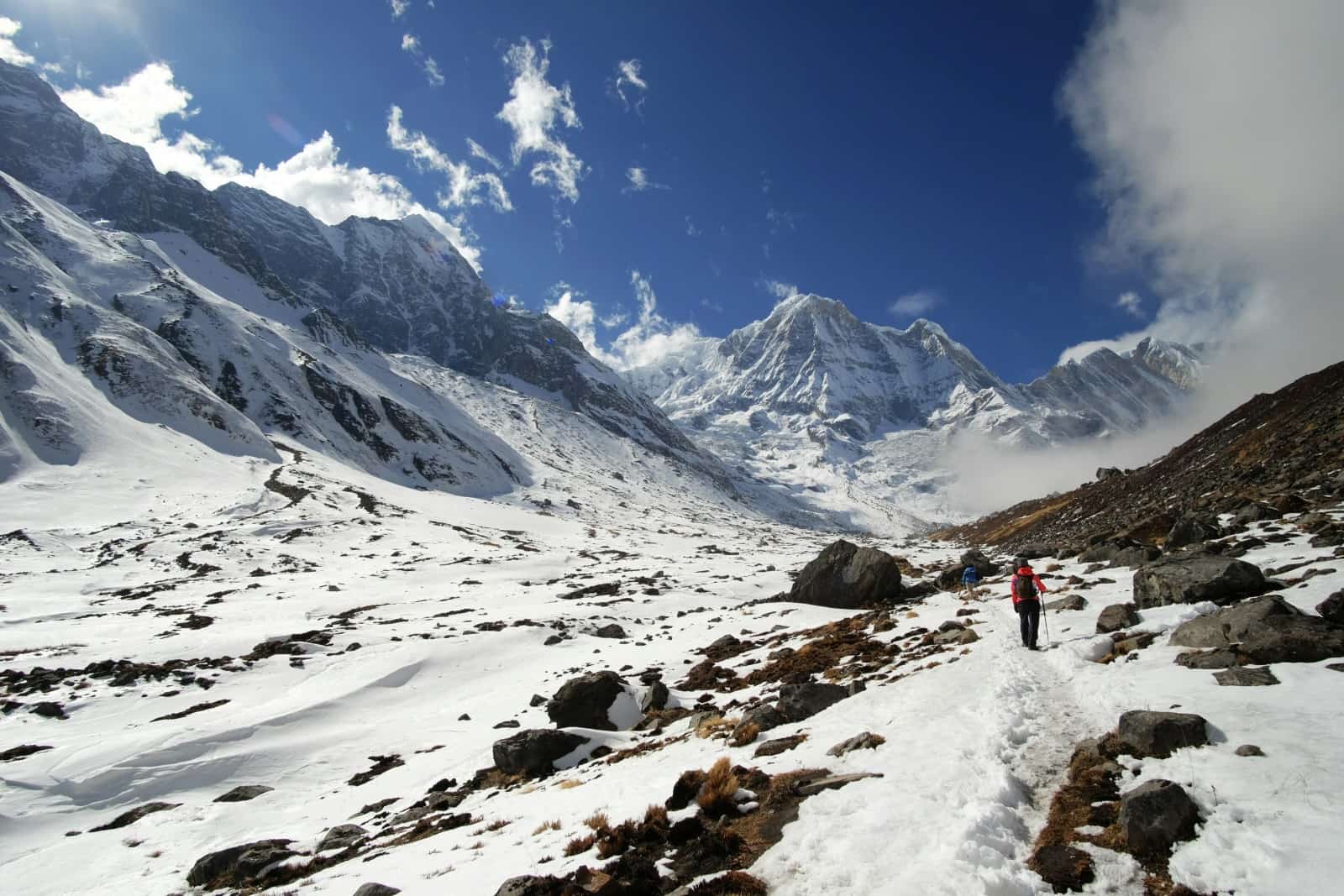
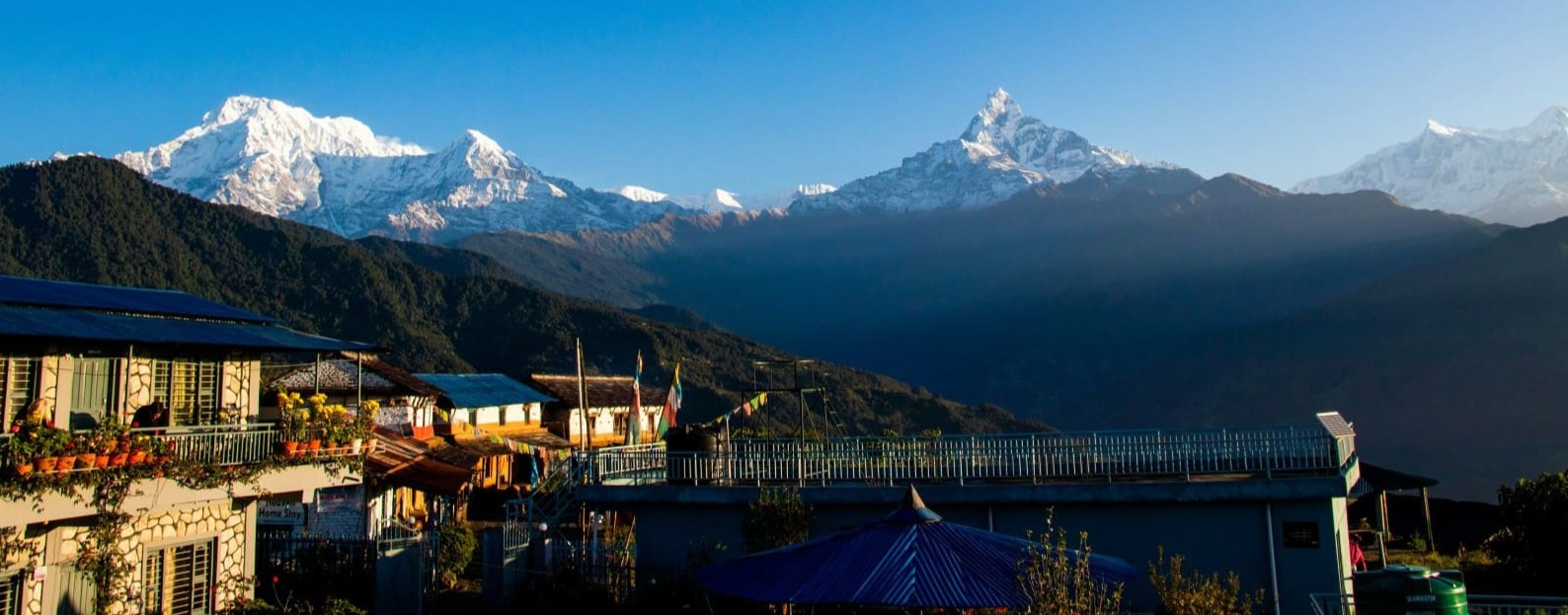
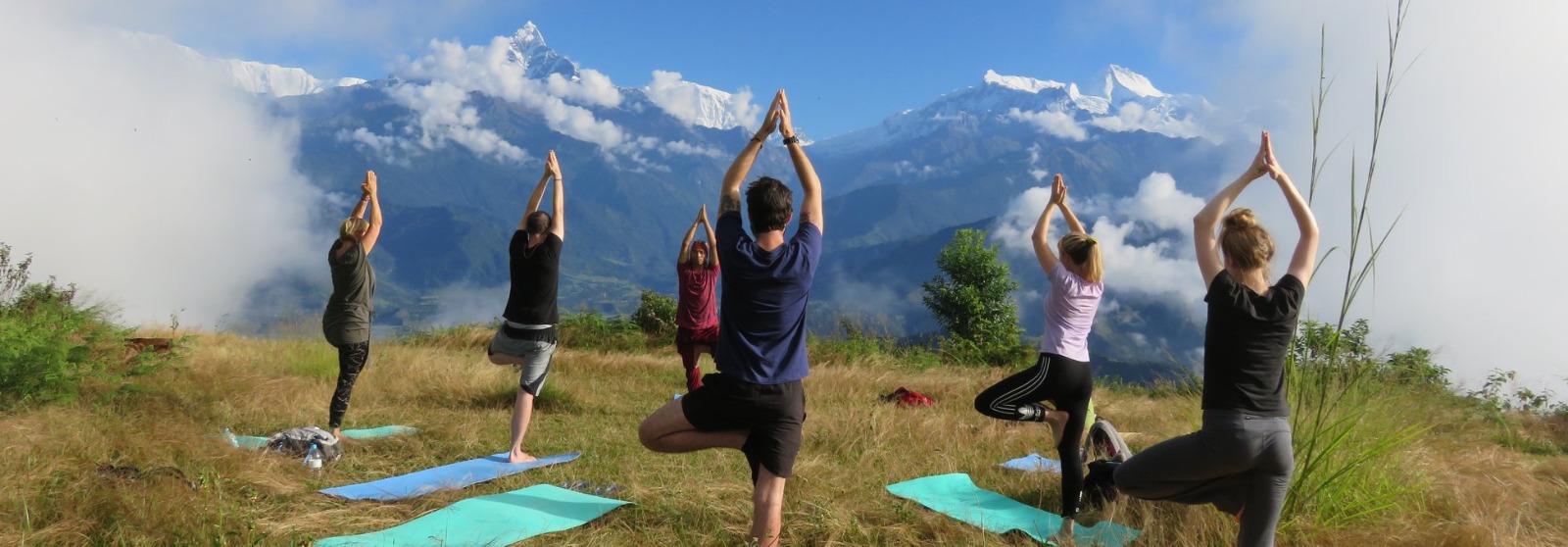
.jpg)
